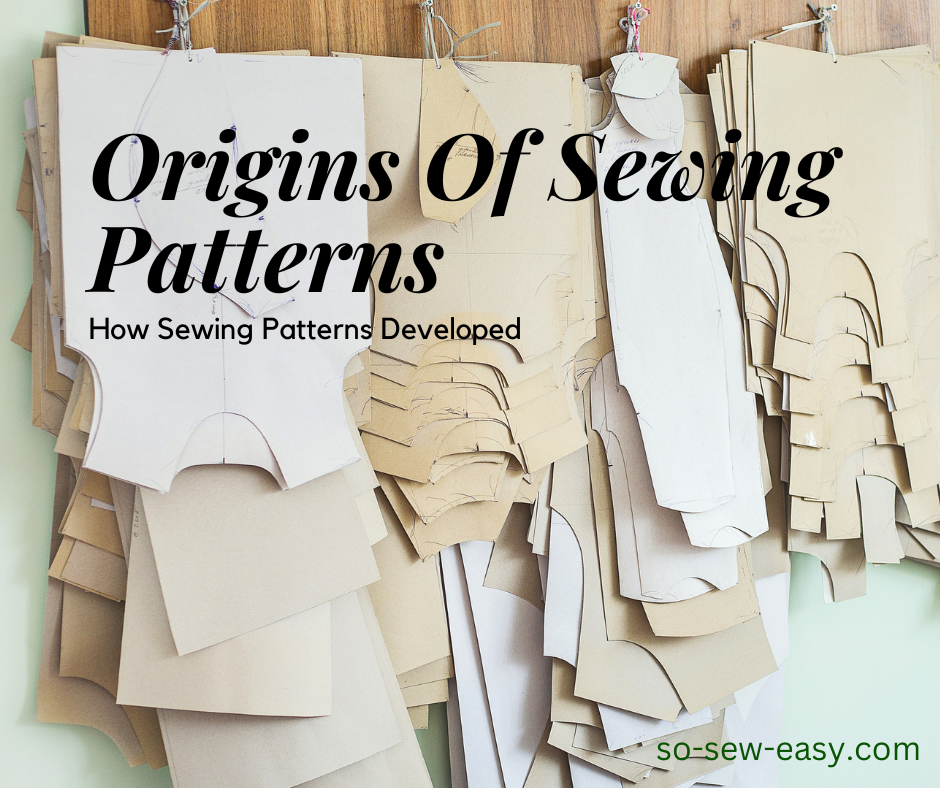
Sewing has existed for as long as people have made their own clothes. However, the sewing pattern is a relatively recent invention, dating back to the 18th century. Understanding the history of something is crucial to have mastery over it, and the same holds true for sewing patterns. Knowing the origins of sewing patterns can give us a deeper understanding of how they have evolved over time, and how they have shaped the fashion and sewing industry.


Early Origins Of Sewing Patterns
In the late 18th century the first commercial sewing patterns were produced. These early patterns were primarily used by professional dressmakers and tailors to create garments for wealthy clients. The patterns were created by draping fabric on a dress form, and then the dressmaker or tailor would carefully cut and pin the fabric to create the desired shape. Once the desired shape was achieved, the maker would then create a paper pattern by carefully tracing the shape of the fabric onto paper. This paper pattern would then be used to create the final garment.
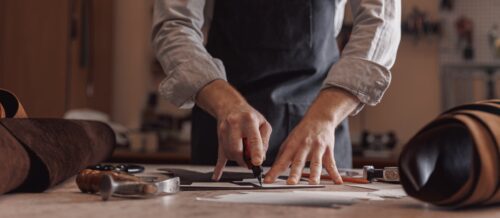

These early patterns were expensive to make and not widely available to the public. They were often kept as trade secrets by dressmakers and tailors and were only used by those in the profession. This changed in the early 1800s when the first printed sewing patterns for the general public were published in magazines such as “Godey's Lady's Book” (1830-1878) and “The Lady's Magazine” (1770-1847). These patterns were simple and often consisted of just a few pieces, but they provided a way for people to create fashionable clothing at home.
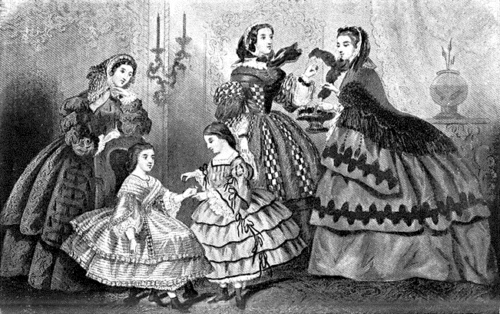

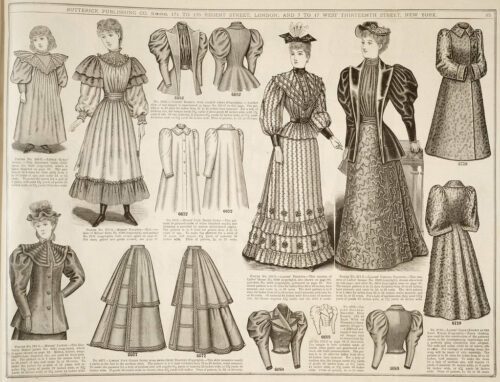

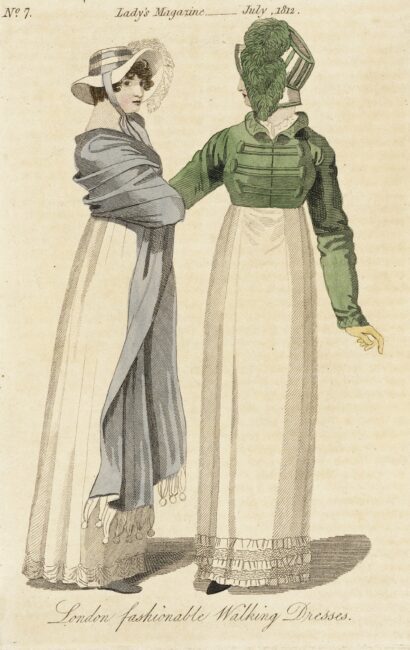

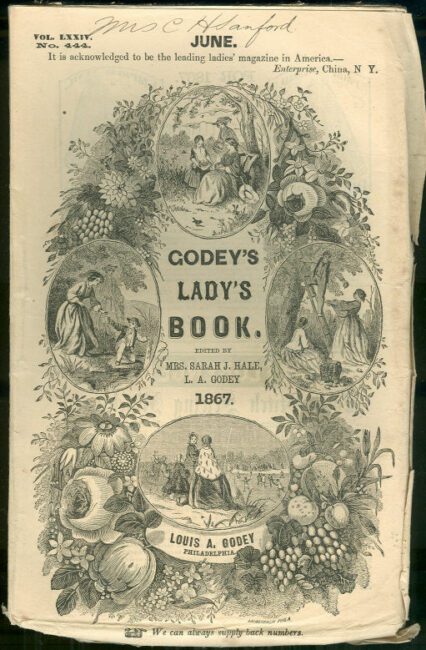

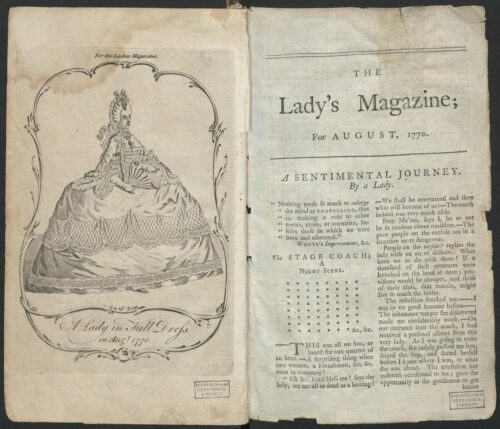

The First Companies
The first company to mass-produce and sell sewing patterns to the everyday person was the Butterick Publishing Company, established in 1863 by Ebenezer Butterick. He revolutionized the pattern industry by inventing the graded pattern, where the same pattern came in different sizes. This made it possible for people to purchase one pattern and use it to make clothing for multiple family members. The graded pattern also made it possible for people to purchase patterns that were true to their size, as the patterns were available in a wide range of sizes. The Butterick Publishing Company quickly became the leading producer of sewing patterns and their patterns were widely available in department stores and dry goods stores.
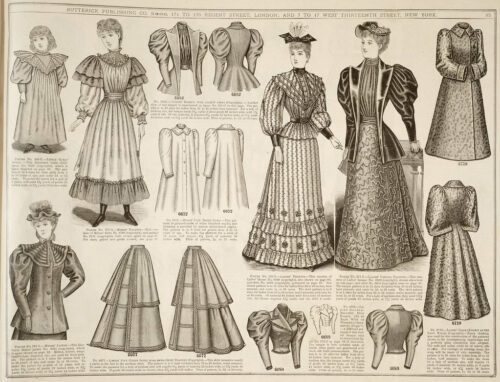

The rise and spread of home sewing machines in the late 1800s made it even easier for people to create their own clothing at home, and sewing patterns became increasingly popular. The home sewing machine allowed people to sew faster and more accurately, which made it possible for even novice sewers to create professional-looking garments. With the growth of the middle class, more people could afford to purchase a sewing machine and use it to create their own clothing.
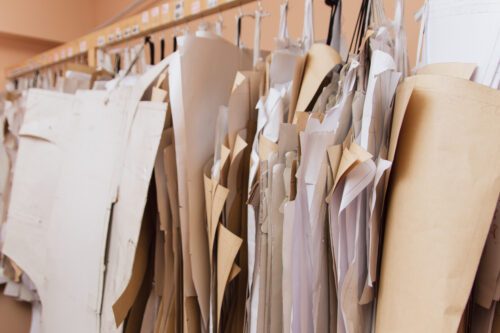

The McCall Pattern Company, founded by James McCall in 1870, was another important company in the mass production of sewing patterns. The company published their first catalog in 1887, featuring a similarly broad range of patterns for women, men and children's clothing. They also offered patterns for home decor, such as curtains and cushions. The McCall Pattern Company lead many of the latest fashion trends, and it quickly became one of the most successful and influential pattern companies of its time.
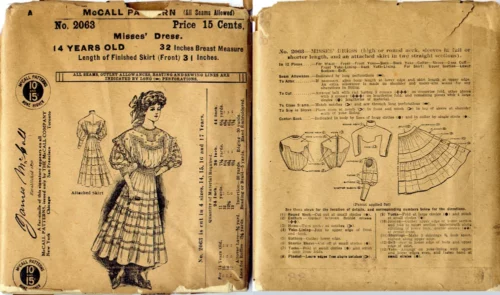

These early companies, Butterick and McCall, set the standard for the commercial sewing pattern industry and paved the way for other companies to join the market. They provided a way for people to create fashionable clothing at home, and they made it possible for people of all skill levels to create their own garments. Their legacy lives on today, as they are still well-known brands in the sewing pattern industry.
You will notice that so far two leading magazines and companies mentioned are both American. This might first seem strange, since the industrial revolution began in Europe, and in general at this time period Europeans were both wealthier and more technologically advanced – yet Americans adopted the sewing machine quite a bit earlier.
This is because in America, the sewing industry developed primarily as a way to create clothing for the growing population. With the influx of immigrants, there was a high demand for affordable and practical clothing. The sewing machine was developed in the 1850s, and this allowed for the mass production of garments. This led to a rise in the number of garment factories and the creation of a ready-to-wear clothing industry.
On the other hand in Europe, the development of sewing was more focused on the high-end fashion industry. Dressmaking and tailoring were considered skilled trades, and the garments were often made by hand. With the introduction of the sewing machine in the 1850s, mass production of garments was possible but it was still not as widespread as it was in America. The traditional apprenticeship system for dressmaking and tailoring was still the norm, and it took some time for the sewing machine to be adopted in the high-end fashion industry.
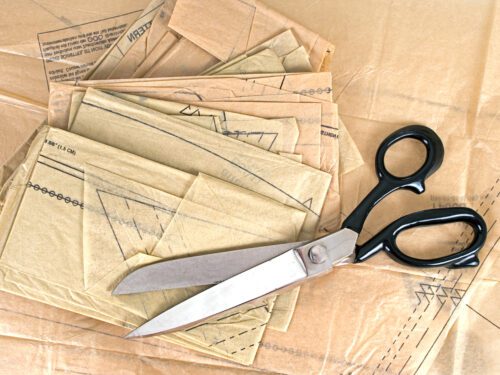

Moving on in time, the sewing pattern has changed little since its invention. Printing and distribution have only gotten cheaper, and of course, the rise of the internet and digital sewing patterns has made it practically free. Now, many patterns are designed completely digitally, with no need to do a first draft and cut. With some simple skills and free software, most people can even learn how to tweak and grade their own patterns themselves.


Modern Pattern Companies


Today, there are several large and well-known producers of commercial sewing patterns. One of the largest companies is Simplicity Creative Group, which was founded in 1927 as Simplicity Pattern Company.
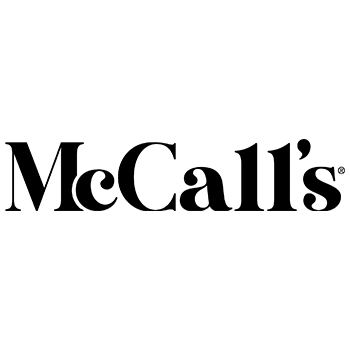

Another major player in the commercial sewing pattern industry is the enduring McCall Pattern Company which is still in business today, offering a wide range of patterns for clothing and home decor.
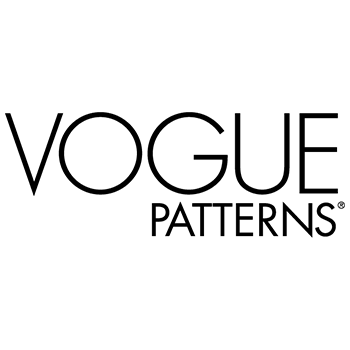

Another large modern company is Vogue Patterns, which was founded in the early 1920s. While the company has changed hands over the years, it is now a is a subsidiary of Butterick Patterns, which is itself a part of the CSS Industries, Inc. portfolio.


BurdaStyle, which was founded in 2000 and is by far the youngest of the big pattern companies. They are particularly well known for their online products.
Looking To The Future
Undoubtedly further advances in technology will continue to make sewing patterns easier to create, modify, and distribute. Like most fields, advances in AI will possibly revolutionize the space, allowing for perfectly personalized, fitted, and original patterns to be created in seconds – but that's still a few years away at least.
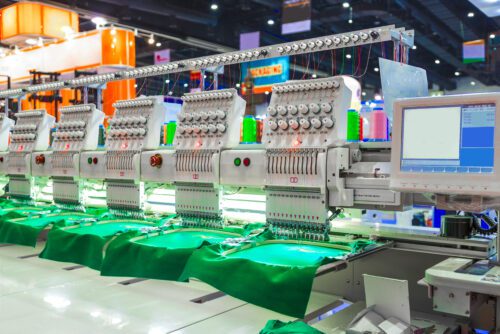









As I am a big fan of burda-patterns, which is a well-known brand, especially in german-speaking countries, I’d like to point out, that burda-moden exists since the 1950s, founded by Aenne Burda, a great personality in Germanys economy, see also this link: https://de.m.wikipedia.org/wiki/Aenne_Burda
Thank you for your interesting reports from within the sewing and fashion world and greetings from Austria!
A very interesting and well-written article. Thank you & keep up the good work.
Thank you so much